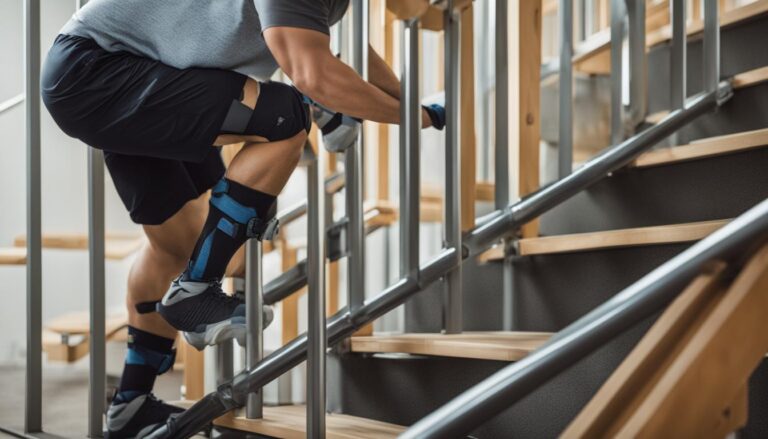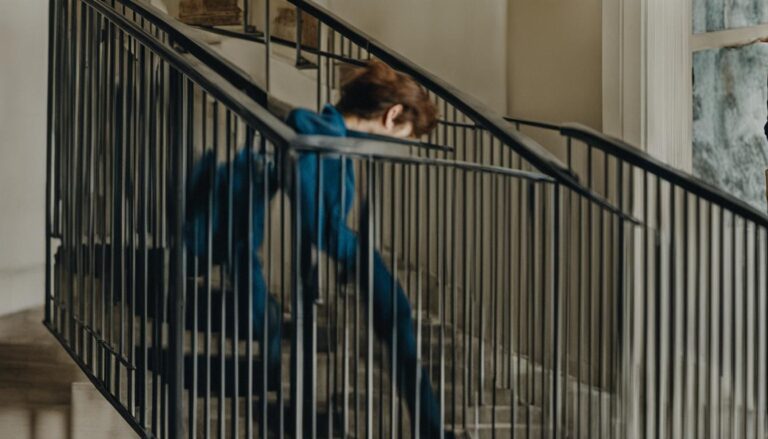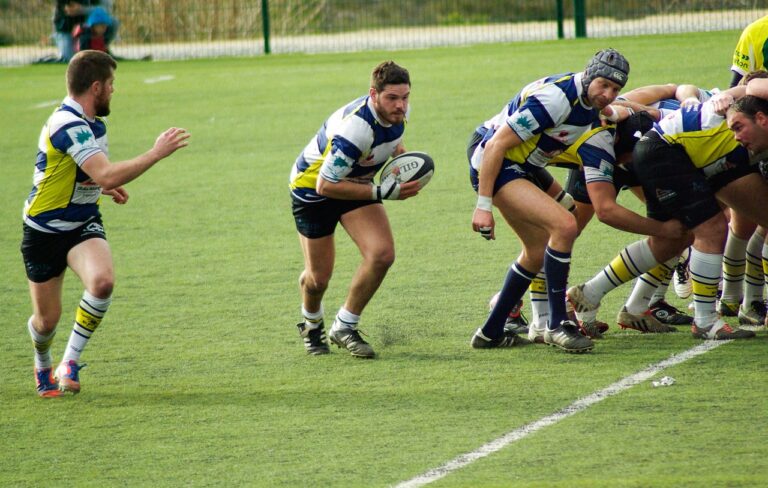Leaving it allows the ACL to heal
Evidence of ACL healing on MRI after ACL rupture treated with rehabilitation alone may be associated with better patient-reported outcomes: a secondary analysis from the KANON study.
Filbay SR, Roemer FW, Lohmander LS, et. already. Br J Sports Med. Doi 2022:10.1136/bjsports-2022-105473. E-publishing prior to printing.
Full text freely available
Take home message
Nearly one in three participants offered supervised exercise therapy with optional delayed anterior cruciate ligament (ACL) reconstruction had MRI evidence of spontaneous ACL healing two years after ACL rupture. Those who are healed are more likely to report better patient-reported outcomes than participants without healing or who underwent early or delayed ACL reconstruction.
Background
Many assume that a torn ACL cannot heal spontaneously. If we better understood how often a torn ACL heals and how ACL healing relates to patient-reported outcomes, we could identify the best treatment options for certain patients.
Study aim
Filbay and colleagues completed a secondary analysis of data from the KANON study to report how often the ACL heals within the first five years after an ACL injury and to compare 2- and 5-year outcomes among those who do and do not heal are.
Methods
The KANON randomized controlled trial compared results between 62 participants who received early reconstruction and 59 participants who received supervised exercise therapy with optional delayed ACL reconstruction. A blinded radiologist assessed each knee 2 and 5 years after injury for ACL healing (on MRI) and osteoarthritis. The primary outcomes of interest were ACL healing, the Knee Injury and Osteoarthritis Outcome Score (KOOS), Tegner Activity Scale, measures of passive knee laxity, and osteoarthritis at 2 and 5 years postinjury.
Results
Two years after injury, 30% (16 of 54) of participants assigned to rehabilitation with the option of delayed ACL reconstruction had evidence of ACL healing. More specifically, 53% of participants (16 of 30) treated with rehabilitation alone had evidence of ACL healing. Participants who demonstrated ACL healing reported better KOOS scores at the two-year follow-up than the nonunion, delayed ACL reconstruction, and early ACL reconstruction groups. At the five-year follow-up, KOOS scores were more comparable between groups.
Viewpoints
The results of this study show that spontaneous ACL healing occurs in approximately 30% of people with ACL rupture. This finding of spontaneous healing is consistent with previous research. Participants with ACL healing reported better knee symptoms than peers who did not heal or received ACL reconstruction (early or delayed). Hopefully, this study will lead to new research with larger cohorts to help us identify who will experience and benefit from spontaneous ACL healing.
Questions for discussion
Do you feel that this research will have an impact on your clinical practice regarding ACL ruptures and their treatment?
Written by: Kyle Harris
Review by: Jeffrey Driban
related posts
Why patients treated nonoperatively after an ACL injury decide to undergo surgery
Treatment after acute injury of the anterior cruciate ligament (ACL), part 2: treatment of the patient with an ACL injury
Coach the coach, make ACL injury prevention programs stick!
BEAR: a bridge to better psychological preparedness after ACL injury
Do patients check all the boxes after ACL reconstruction?






